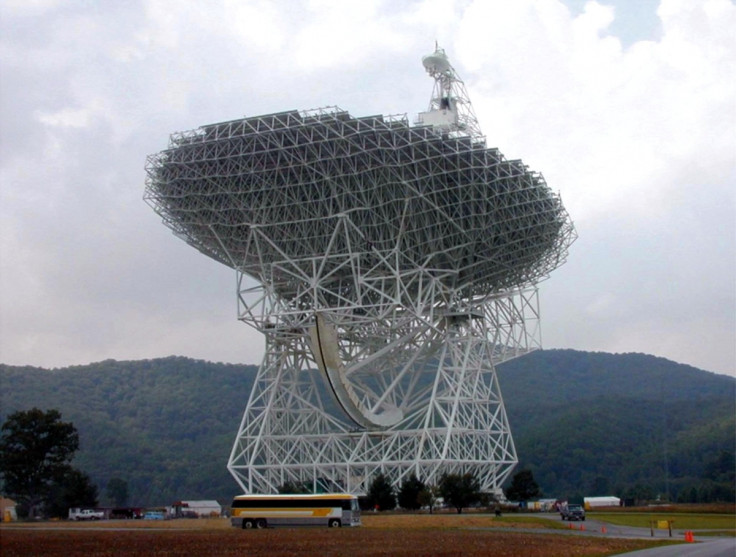Are You Allergic to Wi-Fi? 'Electromagnetic Sensitivity' Sufferers Flee to Remote West Virginia Town of Green Bank

Americans who believe they are allergic to Wi-Fi are taking refuge in Green Bank, a tiny remote town in West Virginia where all electromagnetic signals including mobile phones are banned.
At least 36 people moved to live in Green Bank last year, claiming that they suffer from a condition known as "Electromagnetic Sensitivity", where symptoms include acute headaches, heart palpitations, tinnitus, eye problems and feeling the sensation of burning skin.
Green Bank has only 147 residents and sits within the National Radio Quiet Zone, a large area of land measuring 34,000 square kilometres that restricts radio signal transmissions in order to protect radio telescopes, antennas and receivers belonging to the National Radio Astronomy Observatory and the Sugar Grove US Naval Radio Station.
No radio transmissions
Sugar Grove, by the way, is where the NSA monitors communications using electronic intelligence-gathering systems, while the National Radio Astronomy Observatory boasts the world's largest full steerable radio telescope.
Only emergency radio transmissions are allowed in the Radio Quiet Zone, so almost everyone has to have cable and satellite TV and there are only a few low-power FM stations. The residents say that these restrictions have helped them immensely since they moved to the town.
"It began with a constant ringing in my ears. I couldn't sleep in the house anymore and felt sick all the time. Any food I brought into the house would make me feel ill. I got heart palpitations. It was like I was slowly being poisoned," Deborah Cooney, a former bank vice president from San Diego told the Daily Mail.
Cooney, 50, claims that her symptoms began in 2011 after hundreds of Wi-Fi enabled smart meters were installed near her home, and that the Wi-Fi even affected her purebred Himalayan cat Mimi.
"Mimi went from being a typical house cat to one that would never stay home and eventually she ran away and never came back," she said.
Electromagnetic Sensitivity
While most of the medical community believes that Electromagnetic Sensitivity is primarily a psychological condition that holds little medical basis, sufferers take it very seriously, and in some cases have had to move to the countryside and even turn off the electrical circuit mains in their homes at night in order to sleep.
Powerwatch, a not-for-profit, non-funded UK public information service has been studying the research done on how electromagnetic fields affect health for 20 years.
The organisation feels that the evidence points to Electromagnetic Sensitivity likely being a real condition that is in some ways similar to Photosensitive Epilepsy, where some types of light can cause a person to have an epileptic seizure.
"I see no reason why it's not possible. I've seen lots of peer-review published work that is good enough to say 'Yes, we've found something,' but not good enough to say 'Yes, this is conclusively real'. What we're lacking is good research to prove it conclusively and it's difficult to get funding for the research," Powerwatch technical manager Graham Lanburn told IBTimes UK.
"The current status officially is that it's recognised as a 'condition', i.e. an idiopathic environmental intolerance, but not as a medical condition. You can't diagnose it and you can't treat it, so anyone complaining about it falls into a black hole of 'We don't know what's wrong with you,' and might be recommended for a psychiatric evaluation."
However, Lanburn says that some GPs are starting to recognise that the condition exists, and after advising that people remove electromagnetic products from their homes, patients tend to get better.
Powerwatch advises that if people feel that they are becoming sensitive to Electromagnetic Sensitivity, they should stop using mobile phones, Wi-Fi routers and cordless phones in their homes.
© Copyright IBTimes 2025. All rights reserved.






















